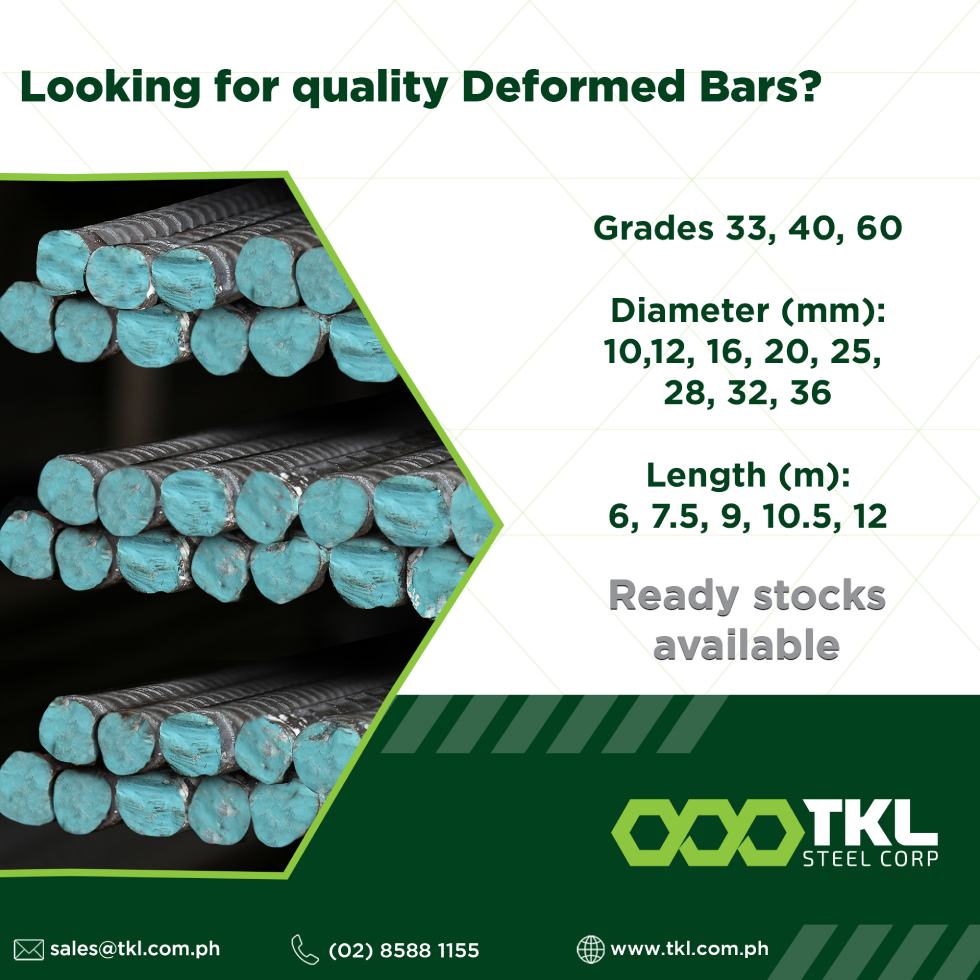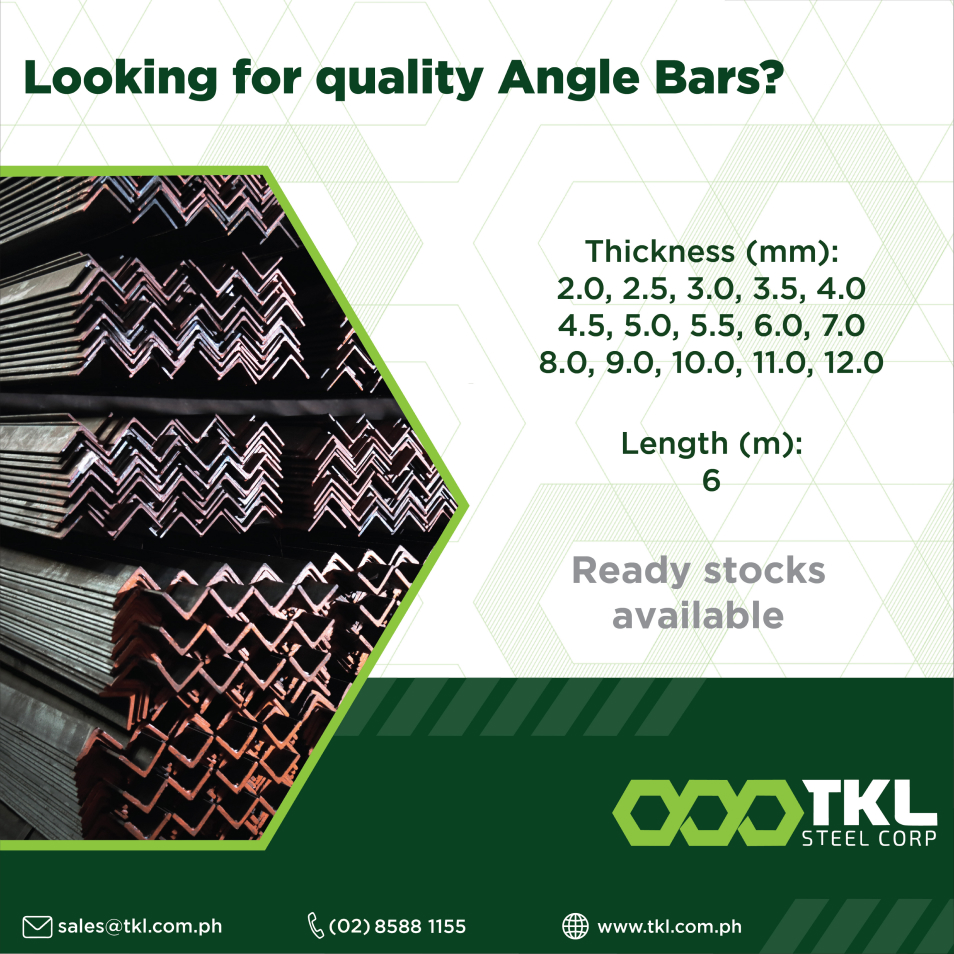Introduction
Choosing the right angle bars and partnering with a reputable angle bar supplier are crucial steps in ensuring the success and durability of any construction project. Whether you’re working on a large-scale infrastructure project, a commercial building, or a small fabrication job, selecting high-quality materials can make all the difference in structural integrity, safety, and longevity.
One of the biggest challenges in selecting angle bars is determining the appropriate angle bar thickness, material grade, and dimensions. Additionally, sourcing materials from an unreliable angle bar supplier in the Philippines can lead to delays, subpar quality, and unexpected project costs. This can significantly affect your project’s timeline and budget, compromising the overall quality of the final build and impacting the reputation of your company.
In this guide, we will explore everything you need to know about choosing angle bars, the key factors to consider, and why partnering with a trusted supplier like TKL Steel Corporation ensures you get the best materials for your project, guaranteeing the best possible results for your construction needs and preventing unnecessary setbacks.
What Are Angle Bars?
Angle bars, also known as L-Bracket or Angle Iron are steel components widely used in construction, engineering, and manufacturing. Their unique L-shape provides excellent structural support, making them essential for frameworks, reinforcements, and load-bearing applications. These bars play a crucial role in building and bridge construction, where they provide stability and strength. They are also commonly used in fabricating shelving and racks, ensuring durability in storage systems. Additionally, angle bars are integral in machinery and equipment fabrication, where they enhance structural integrity. Many frames and support structures rely on angle bars to maintain rigidity, and they are also commonly found in fencing and gate designs due to their strength and versatility.
There are several types of angle bars, each suited for different applications:
- Mild Steel Angle Bars – The most commonly used type due to their cost-effectiveness and versatility in general construction.
- Galvanized Angle Bars – Coated with zinc to prevent rust and corrosion, making them ideal for outdoor projects and environments exposed to moisture.
- Stainless Steel Angle Bars – Preferred for industries requiring superior resistance to corrosion and high durability.
Selecting the right type of angle bar depends on the project’s specific requirements, ensuring strength, longevity, and efficiency.
Key Considerations When Choosing the Right Angle Bars
- Angle Bar Thickness
One of the most crucial factors in selecting the right angle bar for your project is determining the appropriate angle bar thickness. The thickness directly affects the strength, load-bearing capacity, and overall stability of a structure.
-
- Light-Duty Applications (e.g., furniture, shelving, and minor reinforcements) – Thinner angle bars ranging from 2mm to 3mm are usually sufficient.
- Medium-Duty Projects (e.g., support brackets and basic frameworks) – Angle bars with a thickness between 4mm to 6mm are typically required.
- Heavy-Duty Applications (e.g., bridges, industrial structures, and large-scale frameworks) – Angle bars exceeding 6mm in thickness are necessary for maximum durability and safety.
Selecting the correct angle bar thickness is essential to maintaining the integrity of your construction while preventing material failure. TKL Steel has a wide range of angle bars available for your needs from 2.0mm to 12.0mm.
- Material Quality and Grade
Beyond angle bar thickness, it is equally important to consider the material quality and grade of the angle bar. High-quality steel ensures superior durability and resistance to bending or warping, which is critical for long-term structural stability.
-
- Mild Steel Angle Bars – Suitable for general construction.
- Galvanized Angle Bars – Offer rust and corrosion resistance, ideal for outdoor applications.
- Stainless Steel Angle Bars – Highly durable and resistant to extreme conditions.
If your project is exposed to outdoor elements, moisture, or corrosive environments, opting for galvanized or stainless steel angle bars is a wise choice. Always source angle bars that meet Philippine and international manufacturing standards for consistent quality and performance.
- Dimension and Length
The dimensions and length of the angle bar also play a significant role in determining its suitability for a specific application. Angle bars come in a variety of sizes, typically ranging from 20mm x 20mm to over 100mm x 100mm.
- Smaller Angle Bars (20mm-50mm) – Used for minor reinforcements.
- Medium-Sized Angle Bars (50mm-80mm) – Suitable for support frameworks.
- Larger Angle Bars (80mm-above) – Provide better structural support for heavy loads.
The required length of the angle bar depends on the project specifications, and some suppliers offer custom-cut lengths to minimize waste and optimize material usage.
Benefits of Partnering with a Reliable Angle Bar Supplier
Choosing the right angle bar supplier is just as important as selecting the correct materials for your project. A dependable supplier ensures that you receive high-quality angle bars that meet industry standards while also providing excellent service to support your construction needs. Working with a trustworthy supplier can save you time, money, and effort by preventing costly mistakes and delays in your project.
Here are some key benefits of working with a reliable angle bar supplier in the Philippines:
- Consistent Product Quality
A trusted angle bar supplier guarantees that the angle bars provided are of high quality and meet industry standards, ensuring that your project will benefit from durable and dependable materials. Poor-quality angle bars can compromise the structural integrity of your construction, leading to safety risks, legal issues, and expensive repairs. When you select a reliable supplier, you are investing in quality that will stand the test of time.
- Reliable and Timely Deliveries
Delays in construction projects often lead to significant financial losses, which can affect the overall budget and project timeline. A reputable angle bar supplier in the Philippines ensures that the materials you need arrive on time and in the proper quantities, preventing project disruptions and costly hold-ups. Timely delivery is essential, especially when working on tight schedules, as late deliveries can cause delays in the entire construction process.
- Expert Guidance and Customer Support
A knowledgeable angle bar supplier doesn’t just provide products; they offer valuable technical support that helps you make the right decisions. When choosing the appropriate angle bar thickness, material grade, and size for your specific applications, expert guidance can be a game-changer. The right supplier will have a team of professionals who understand the intricacies of construction projects and can recommend the most suitable angle bars based on the project’s requirements.
(end bulleted list)
Choose TKL Steel Corporation as Your Steel Partner
When selecting an angle bar supplier, reliability, quality, and expertise are key factors. TKL Steel Corporation, a leading angle bar supplier in the Philippines, offers:
- High-quality angle bars in various thicknesses and grades
- Competitive pricing without sacrificing durability
- Fast and reliable deliveries to keep projects on schedule
- Expert customer service to help clients make informed decisions
Whether you are working on a commercial, industrial, or residential project, we ensure that you receive the best materials to meet your construction needs.
Frequently Asked Questions About Angle Bars
What Is an Angle Bar Used For?
Angle bars are used in construction, engineering, and industrial applications to provide structural support and reinforcement. Their L-shape makes them ideal for framing, bracing, and load-bearing purposes. Common uses include building frameworks, reinforcing machinery, and fabricating shelving or racks. Their strength and versatility make them essential across various industries like construction, manufacturing, and even home renovation projects.
What Is Another Name for an Angle Bar?
While “angle bar” is the most used term, L-bar, L-angle, and angle iron are also frequently used interchangeably. These alternative names refer to the same L-shaped steel bars and are often seen in technical drawings and material specifications. Regardless of the name, they all describe the same basic structure: an angle of steel formed in an L-shape, which gives it exceptional strength for supporting loads and resisting deformation.
What Are the Sizes of Angle Bars?
Angle bars come in sizes ranging from 20mm x 20mm to 100mm x 100mm, with thicknesses between 2mm and 10mm. Smaller sizes are used for light-duty applications, while larger, thicker bars are suitable for heavy-duty structural needs. Custom sizes can also be sourced to meet specific project requirements.
Conclusion
Selecting the ideal angle bars and collaborating with a reputable angle bar supplier is essential for the success of any construction project. The right choice in angle bar thickness, material quality, and size directly influences the overall strength and stability of your structure. Whether it’s a large-scale commercial building, infrastructure project, or smaller-scale fabrication, these factors ensure your construction meets the necessary safety standards and performs effectively over time.
At TKL Steel Corporation, we are committed to providing high-quality steel products that meet rigorous industry standards. Our selection of angle bars, available in various grades and thicknesses, ensures you get the right materials for your project’s unique requirements. Trust us to be your dependable angle bar supplier in the Philippines.
Get in touch with us today and secure top-quality angle bars for your next project!



